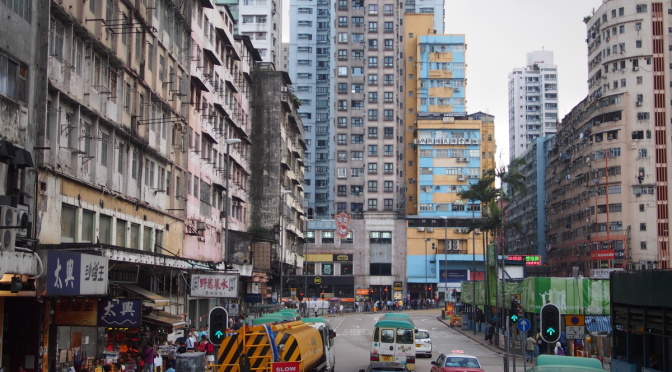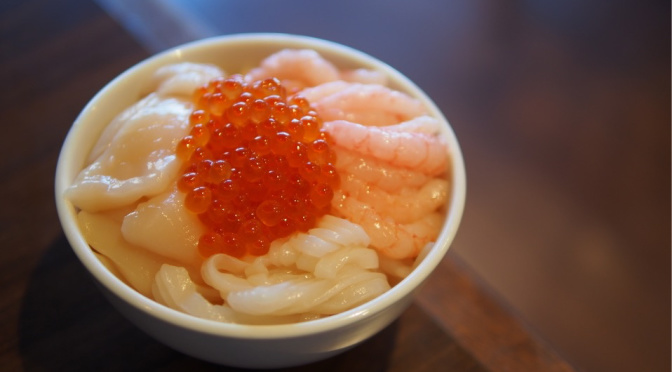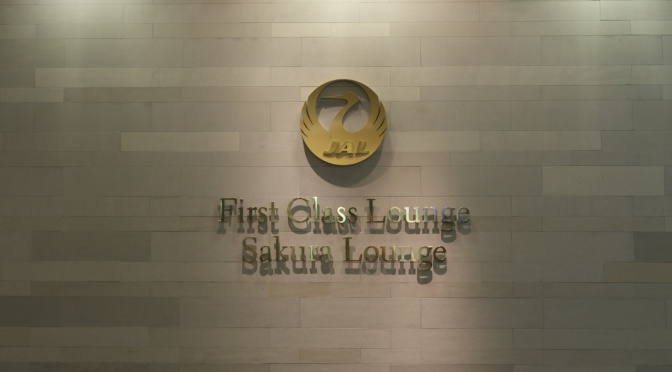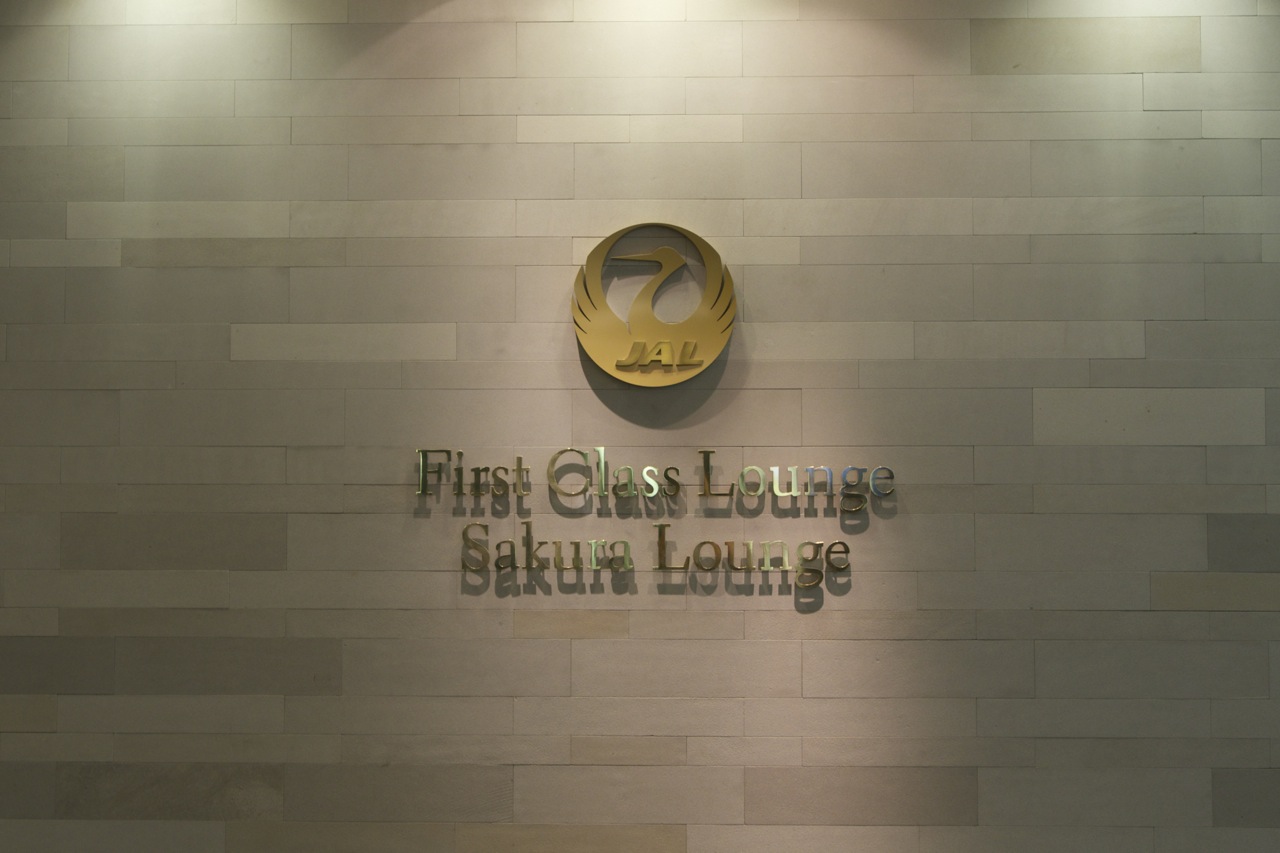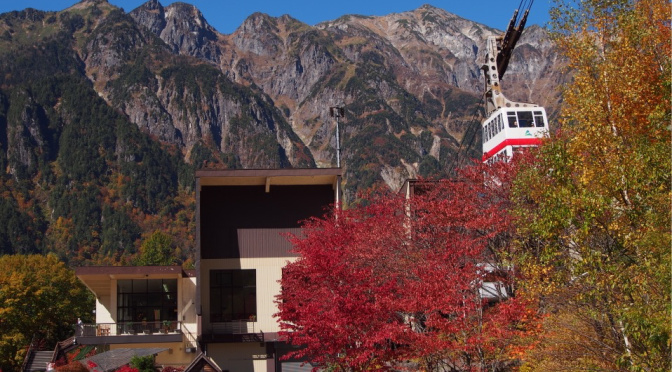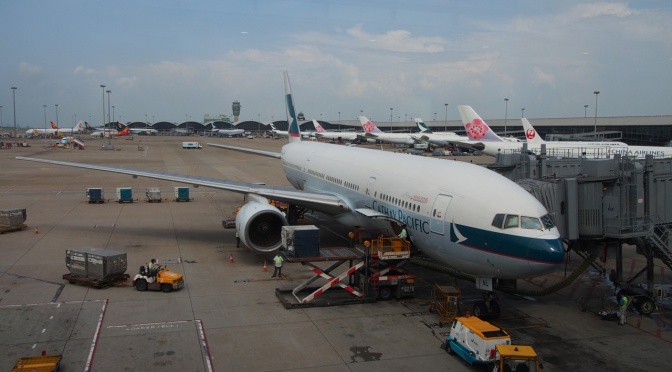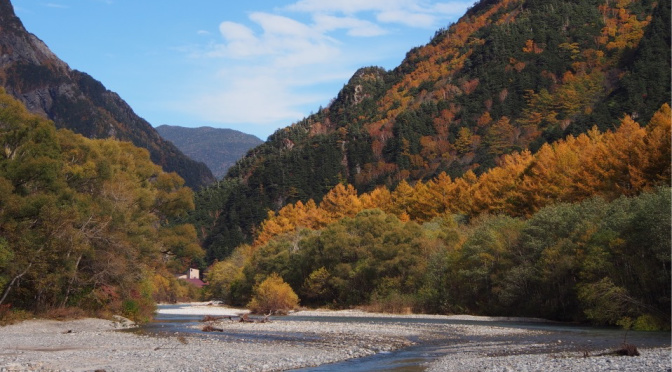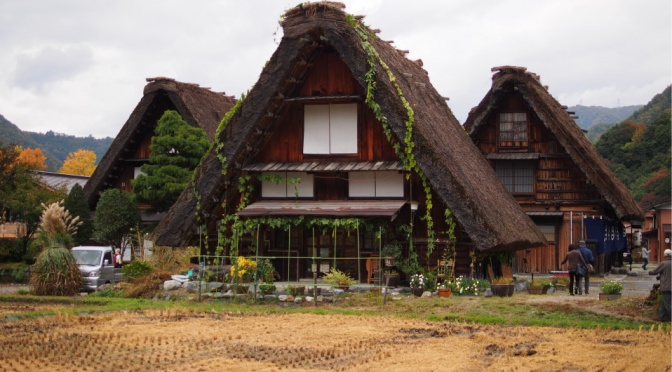Kwun Tong Town Centre. Late May 2016. Olympus OM-D EM-5 + Panasonic Leica DG Summilux 25mm F1.4 ASPH. Continue reading Hong Kong in Photos: Kwun Tong Town Centre, May 2016
Dormy Inn Premium Otaru
During my visit to Otaru (おたる・小樽), I stayed in Hotel Dormy Inn Premium Otaru. It has a great location especially for those taking JR. It’s just opposite the JR Otaru station.
Continue reading Dormy Inn Premium Otaru
Lake Toya Nonokaze Resort – Nonokaze Club Japanese-Western Style Room
I stayed in Lake Toya Nonokaze Resort in Toyako Onsen, Hokkaido for one night. I have chosen the Japanese-Western style room in the Nonokaze Club building. It is really huge and very comfortable. The room is kind of separately into three “parts”, a Japanese-style living room, a Western-style living room and the bedroom.
Continue reading Lake Toya Nonokaze Resort – Nonokaze Club Japanese-Western Style Room
JAL Sakura Lounge in Tokyo Narita
I was indeed making a transfer at Tokyo Narita for my trip from Hong Kong to Vancouver. Upon arrival of the flight CX520 (Link to my Trip Report), I went to the JAL Sakura Lounge for dinner.
Shin-Hotaka Ropeway
Shinhotaka ropeway has two separate gondola ropeways connecting Shinhotaka Onsen to the observation deck at Nishi-Hotakaguchi (2156 masl). Besides the observation deck, Nishi-Hotakaguchi also serves as an access to the hiking routes around the Japanese Northern Alps.
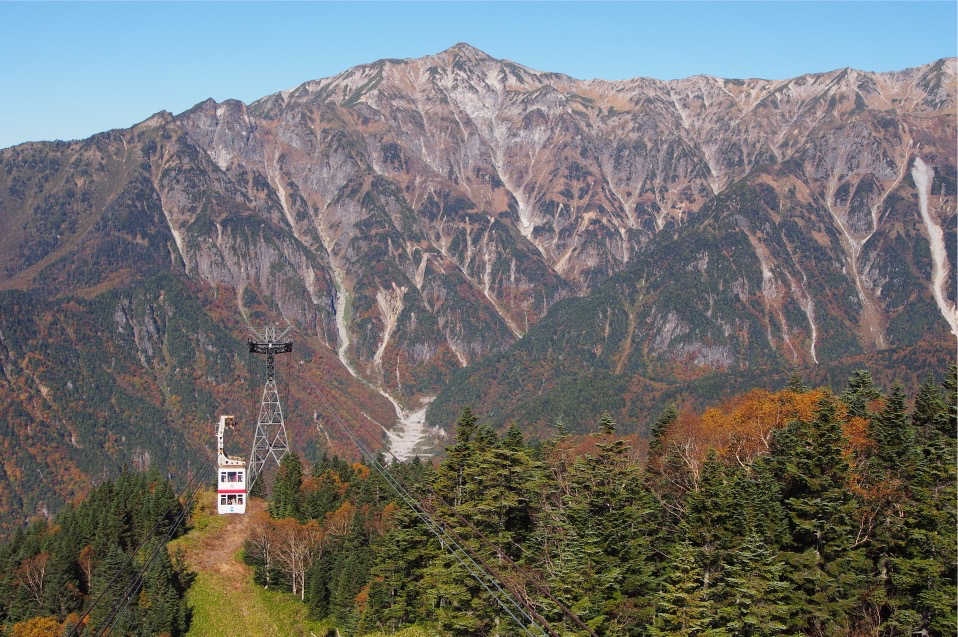
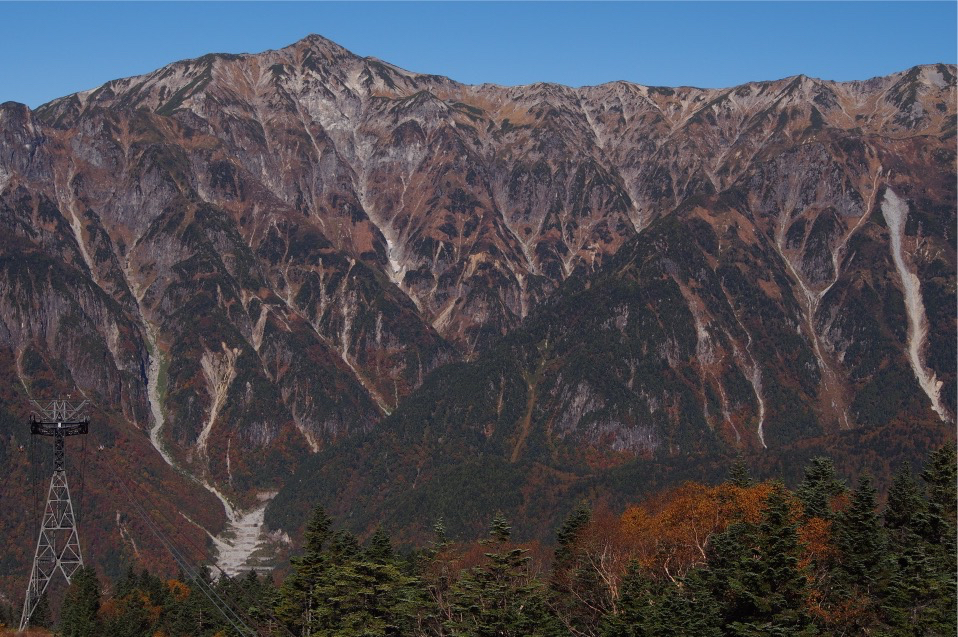
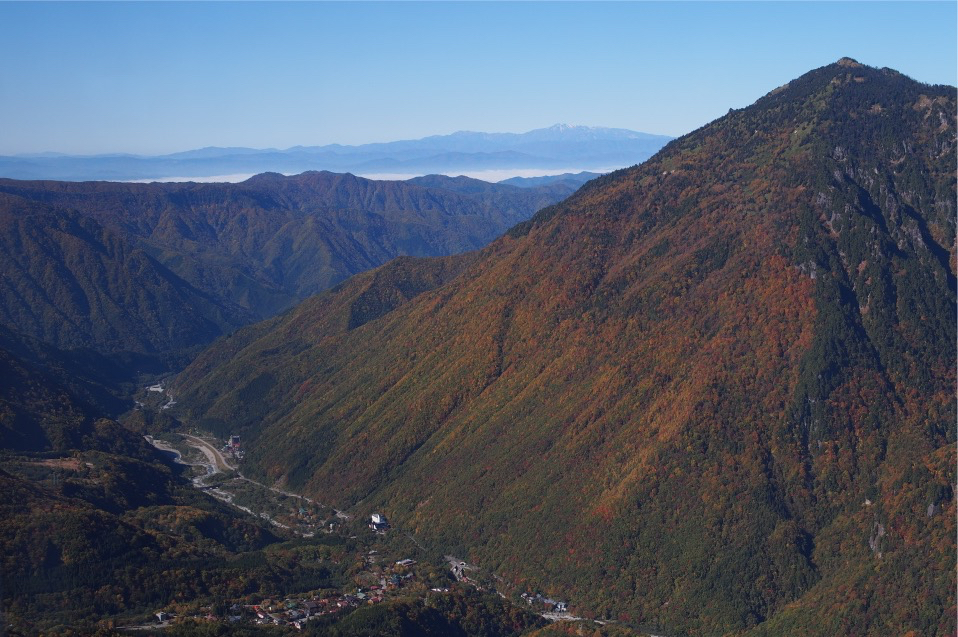
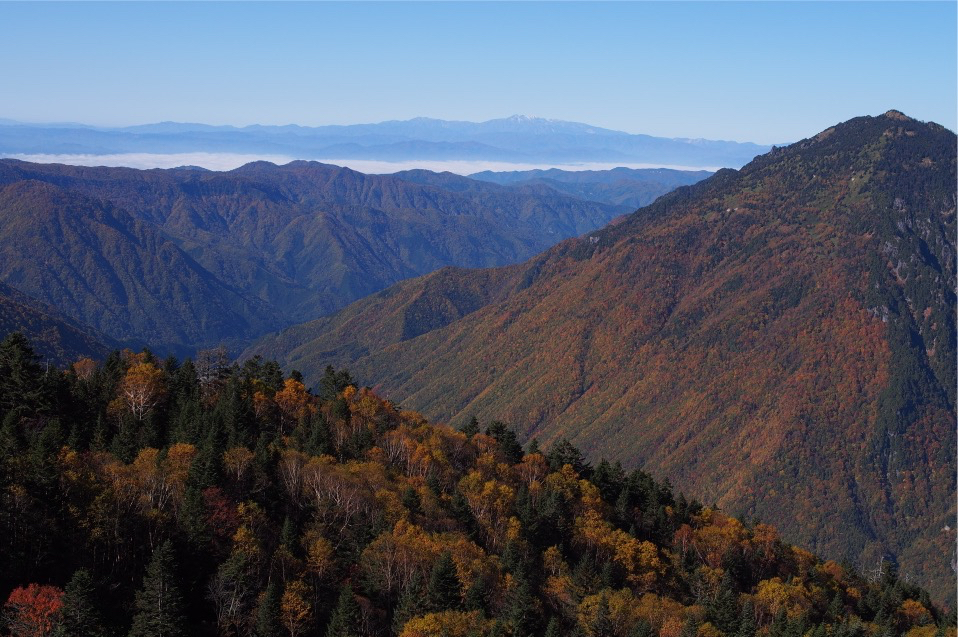
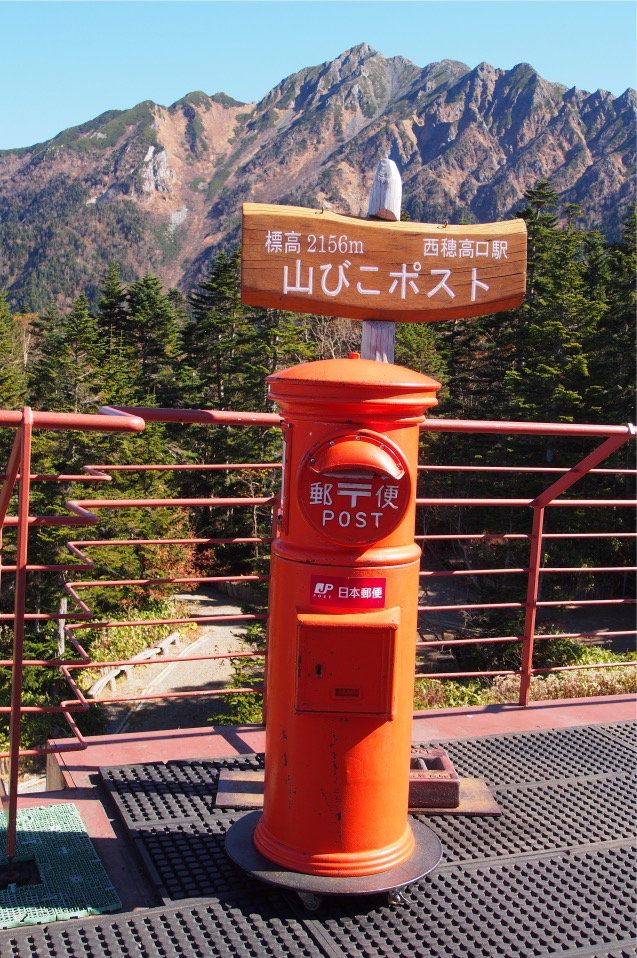
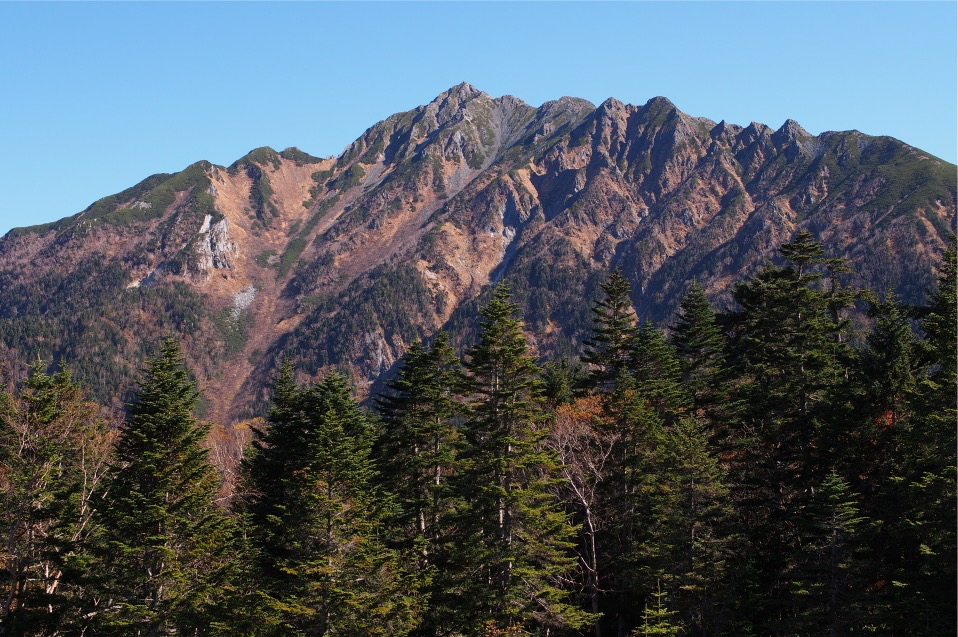
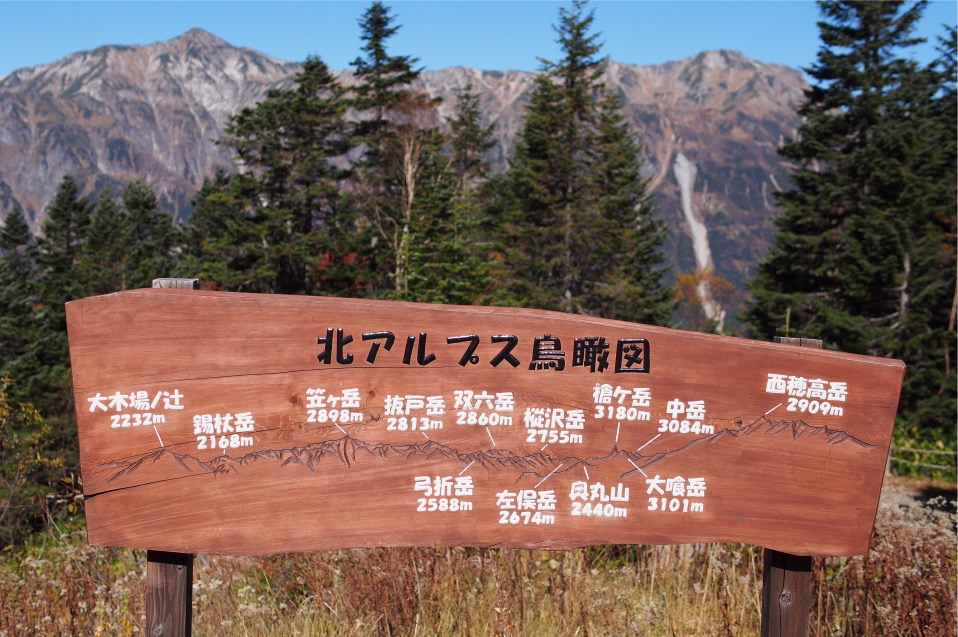
Ropeway no.1 is a simple single-decker gondola, yet no.2 is a nice and beautiful double-decker one. You can see it in the pictures here. Visiting Shin-hotaka in mid-October, I saw the autumn colour — lots of red leaves in the level between ropeway no.1 and no.2. However, at Nishi-Hotakaguchi, the upper station of ropeway no.2, all red leaves were fallen.
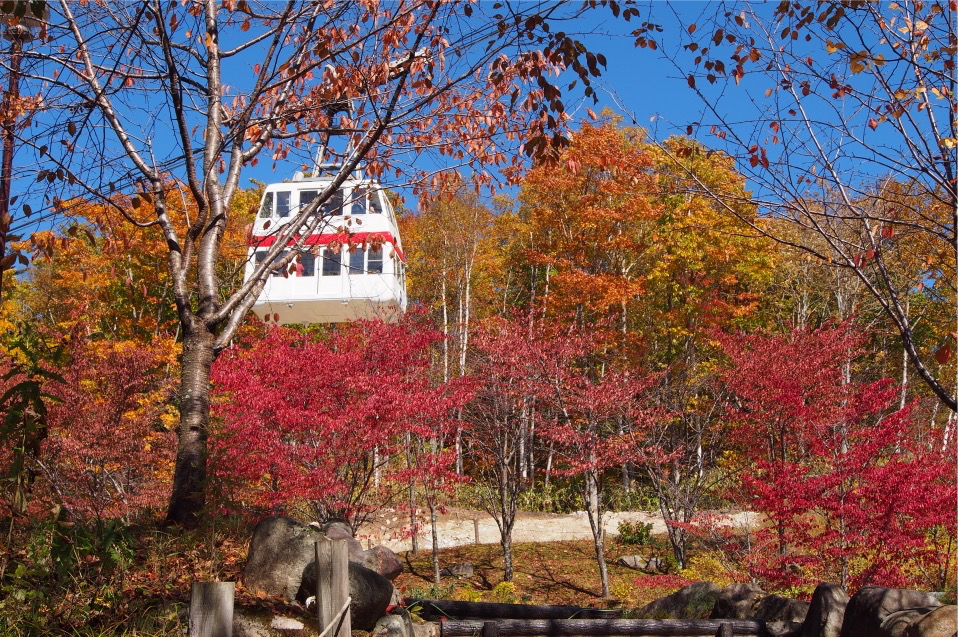
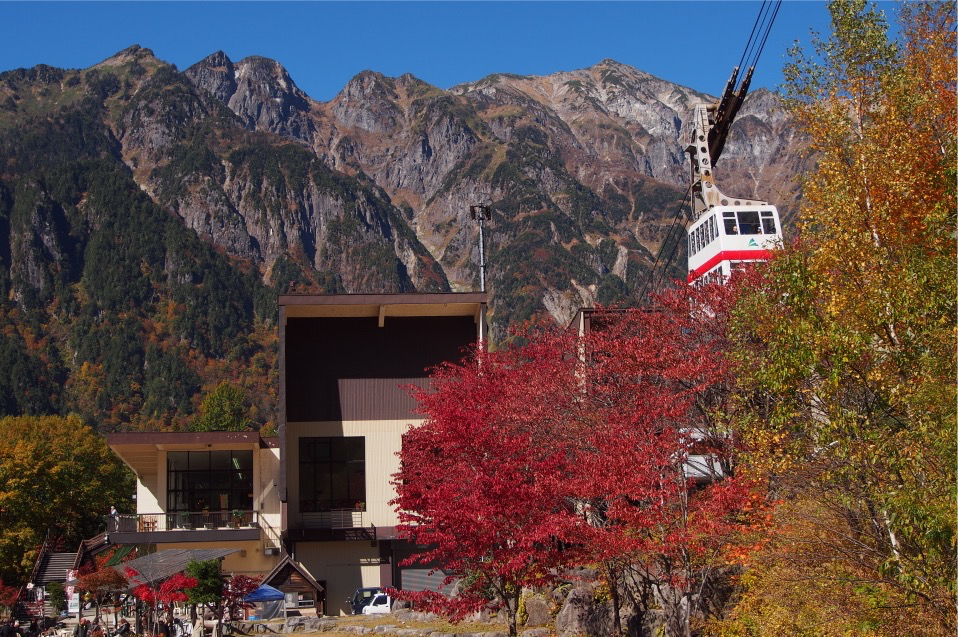

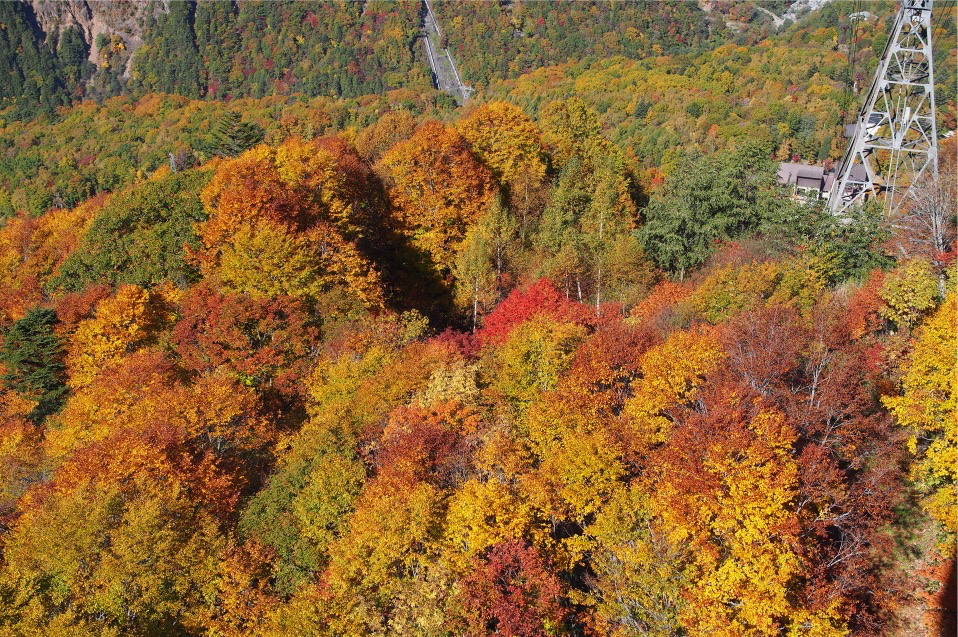

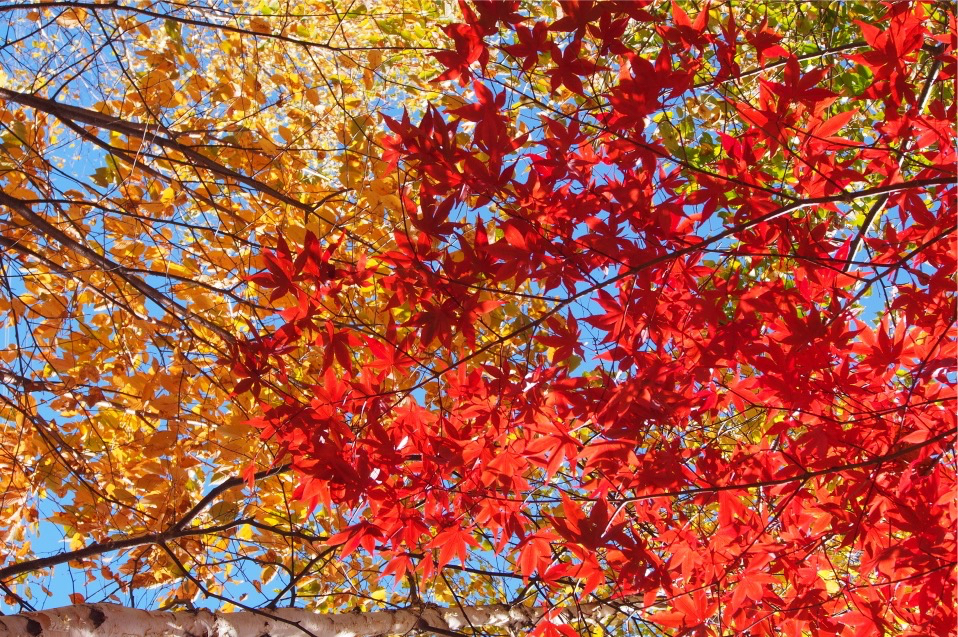
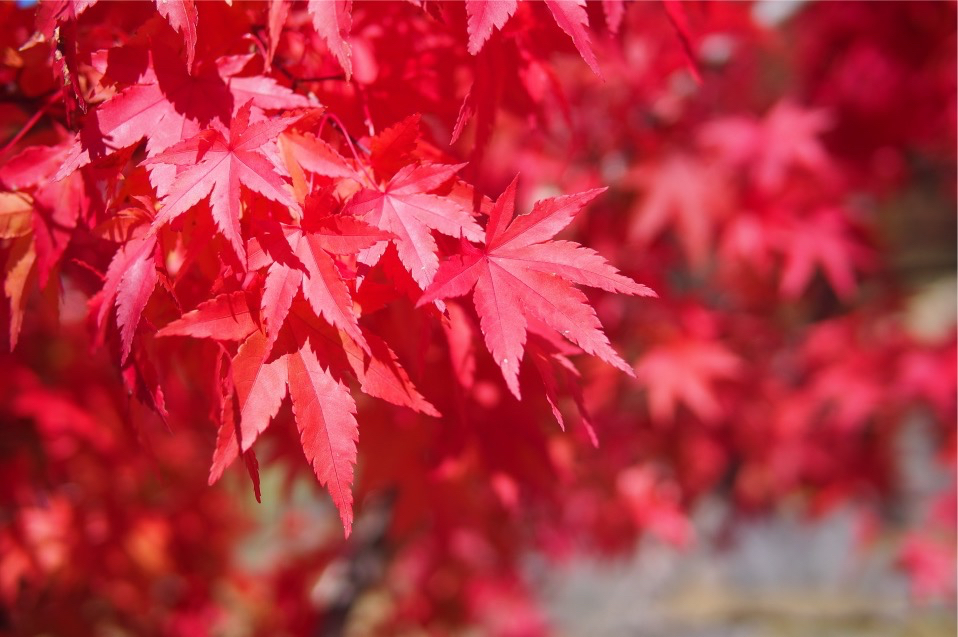
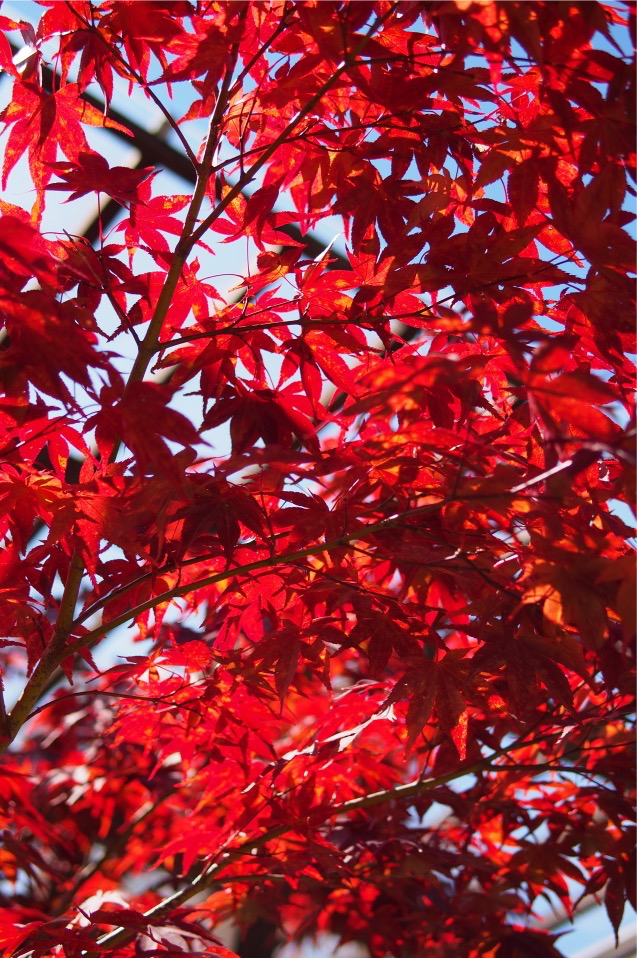
If you plan to see red leaves in Hida region, you should come to Shin-hotaka ropeway as you have high chance seeing them. The ropeway takes you across different altitudes and so different “climate”. If you come way too early, you can find red leaves at the top. If you come slightly earlier than the season, you might see it in the mid-level. Of course, if you find all levels across the ropeway have finished the red-leaf season, you should probably try other nearby regions with lower altitude.
Have fun spotting red leaves in Japan!
Cathay Pacific CX520 HKG-NRT New Regional Business Class
Cathay Pacific 520
Date: 31 May 2015
Origin: Hong Kong International (HKG)
Destination: Narita International (NRT)
Flight Duration: 4 hours 20 minutes
Aircraft: Boeing 777-200 (B-HNL)
Class: Business Class
Product: New Regional Business Class
Continue reading Cathay Pacific CX520 HKG-NRT New Regional Business Class
Kamikochi in Autumn
Kamikochi(上高地) is a protected area near the boundary between Gifu and Nagano Prefectures. It’s famous for its unpolluted natural landscape. For environmental protection reason, no private cars are allowed in Kamikochi. Only taxis, shuttle buses and buses are allowed to get through the Kama tunnel, the only access to this sacred land. In winter, probably due to the accumulation of snow, Kamikochi is closed from mid-November to mid-April.
Anyway, Kamikochi is really a nice place for a decent hike. It’s also a wonderful place for photography, especially in Autumn. You can also find red leaves here, but here is famous for a special species of pine that turns golden colour in fall.
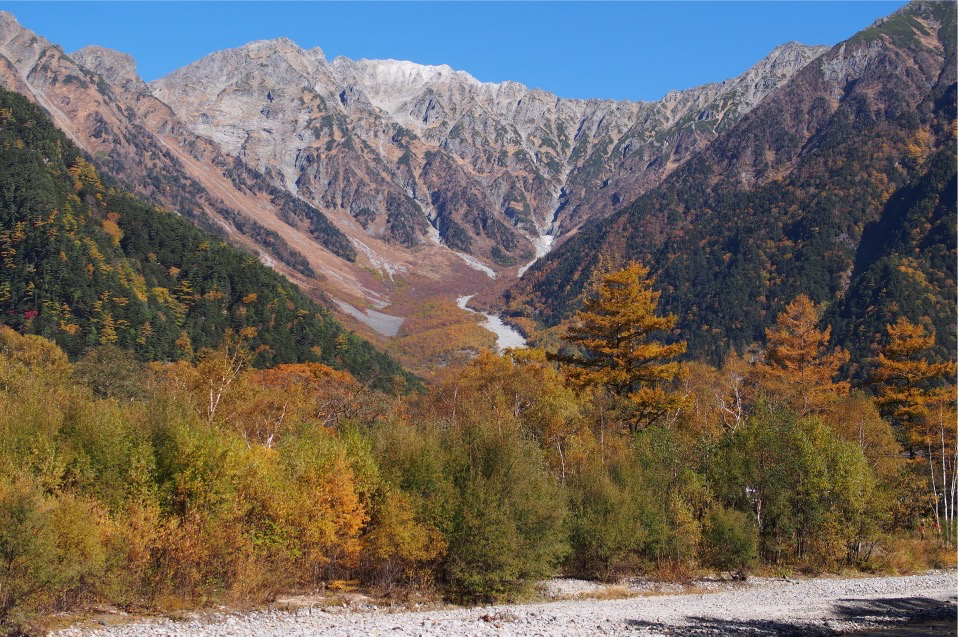
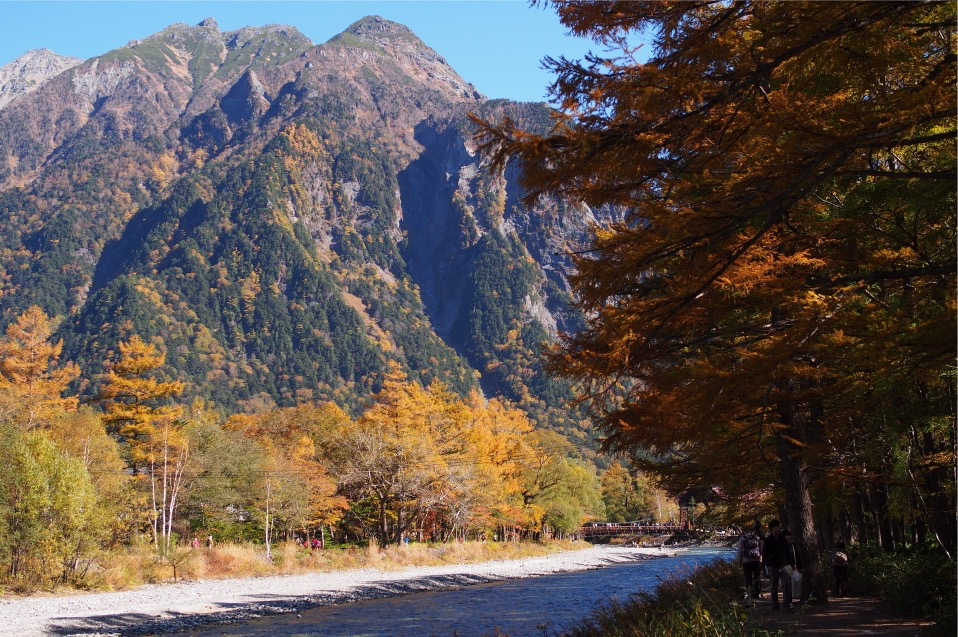
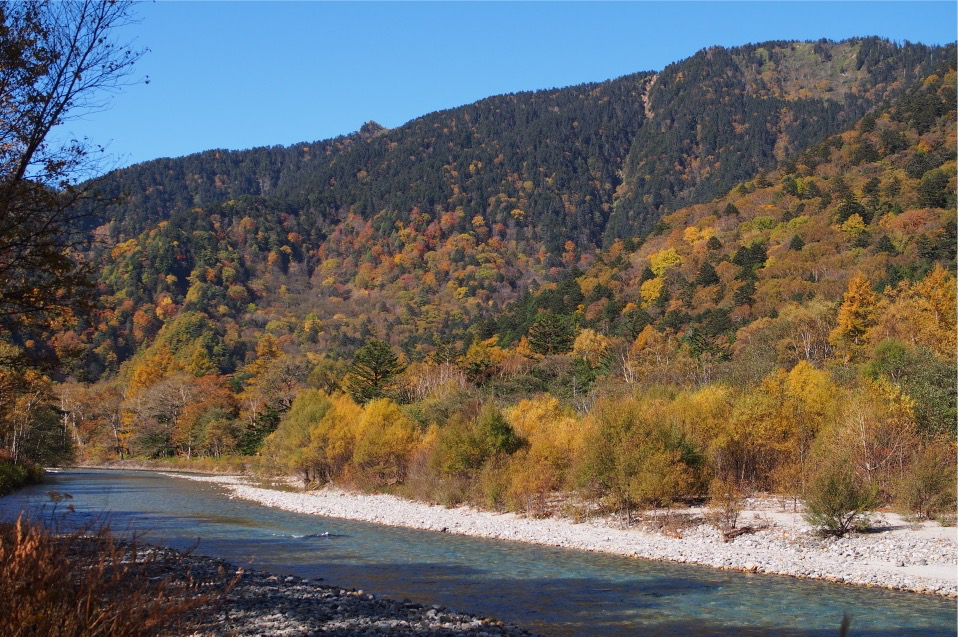

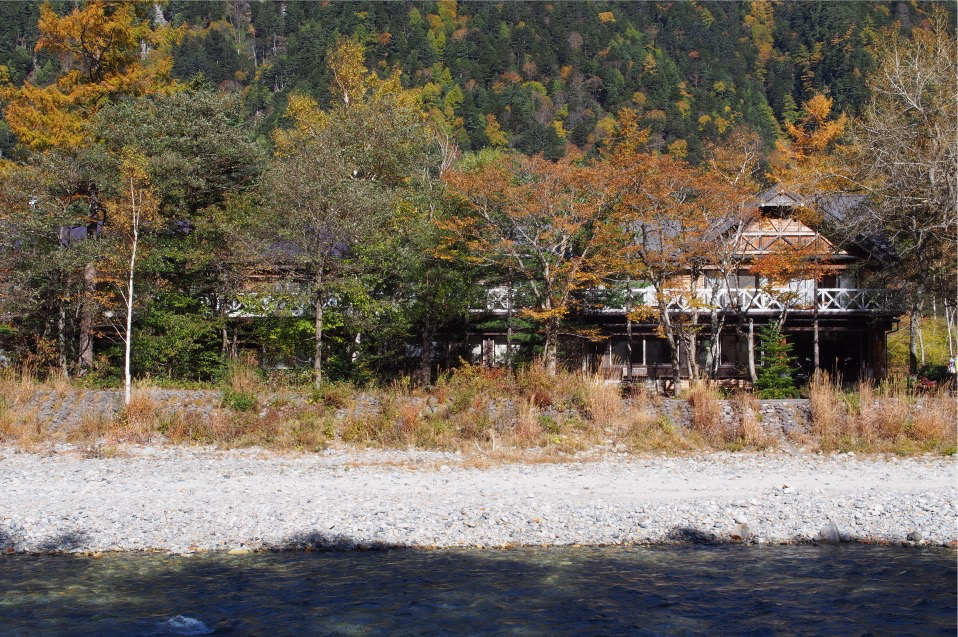
One of the famous photo spots is the kappa-bashi bridge. The scenry behind the bridge is just wonderful, with crystal clear turquoise water in the river, green and yellow from the leaves, greyish whitish hills and the blue sky in the background.

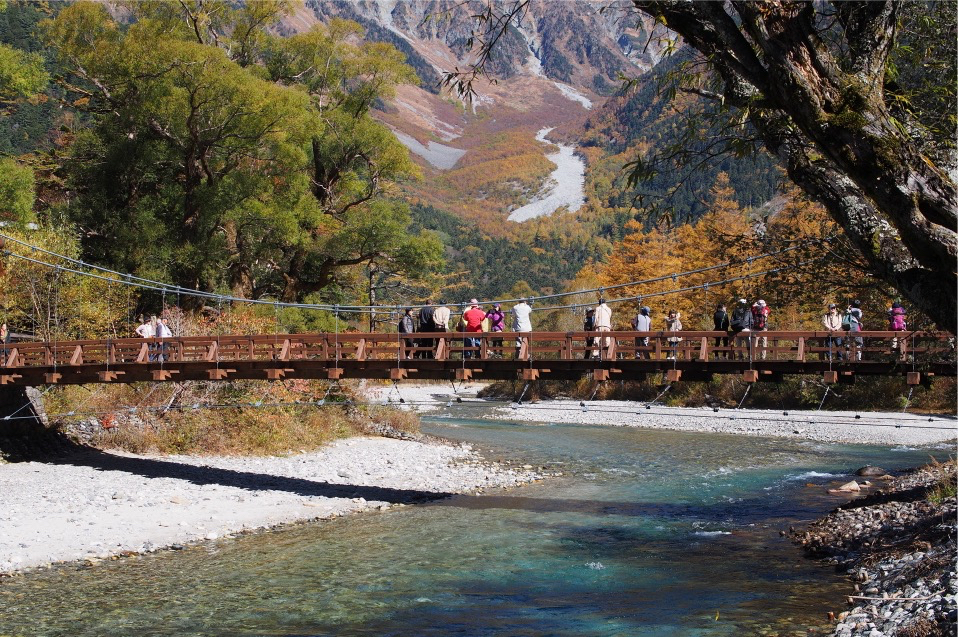
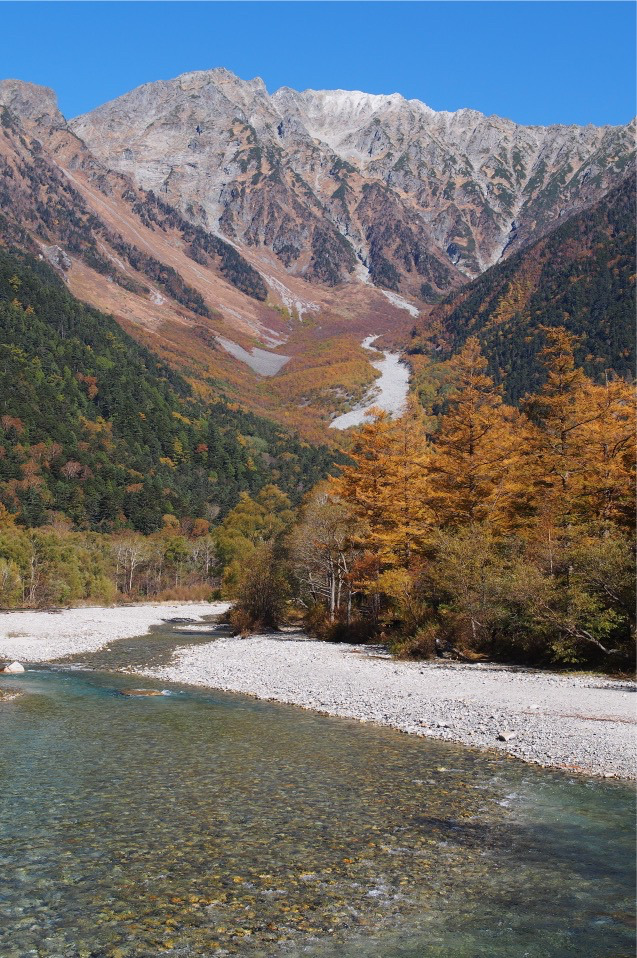
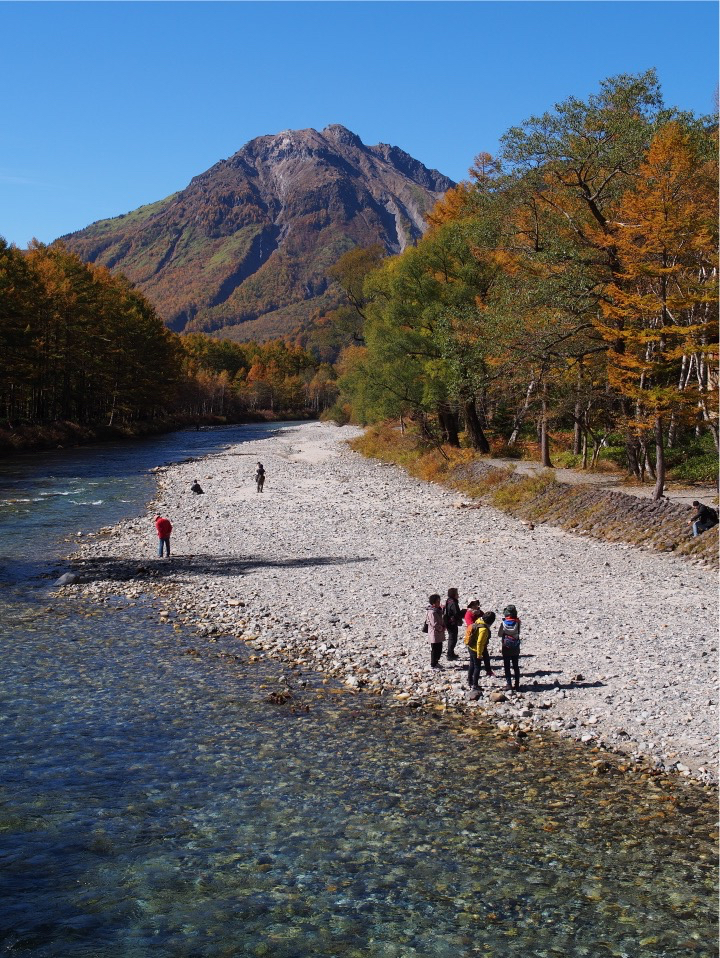

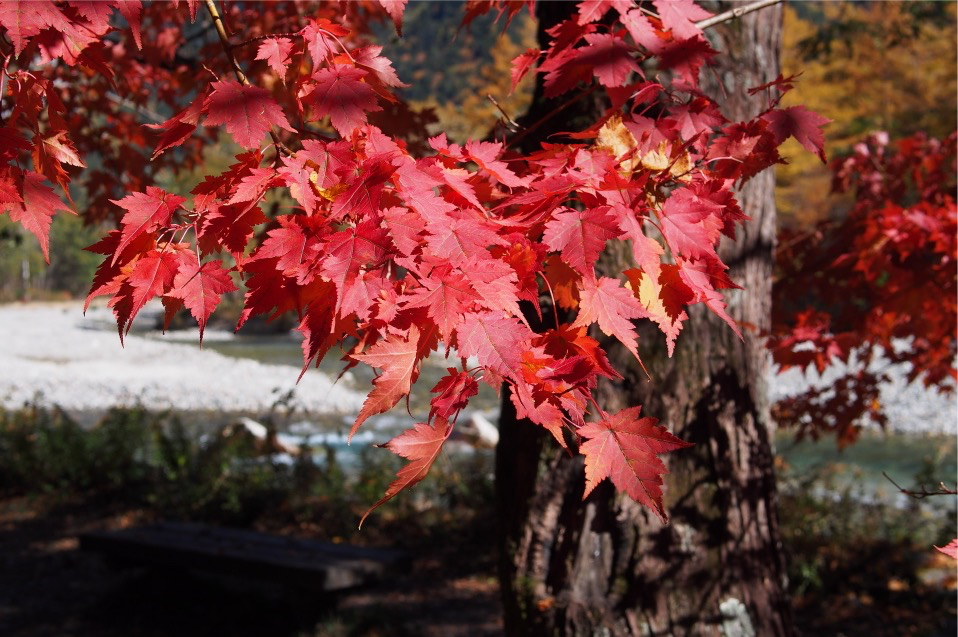
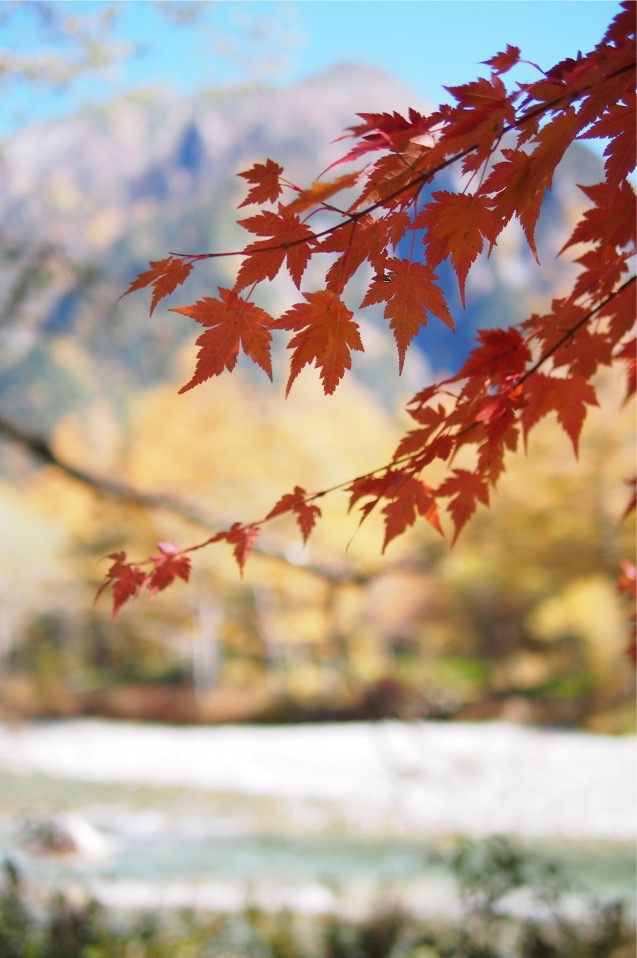
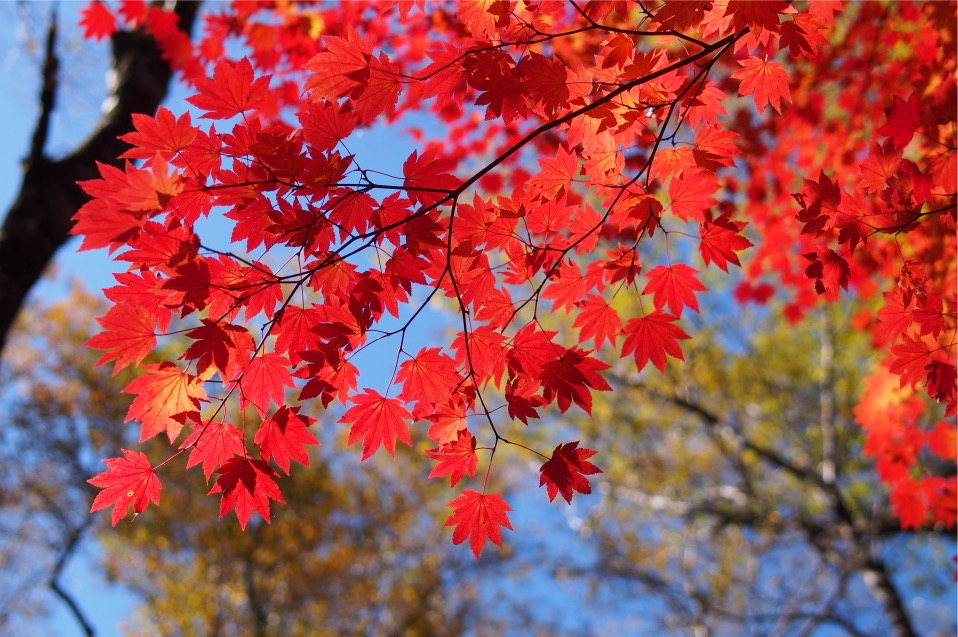
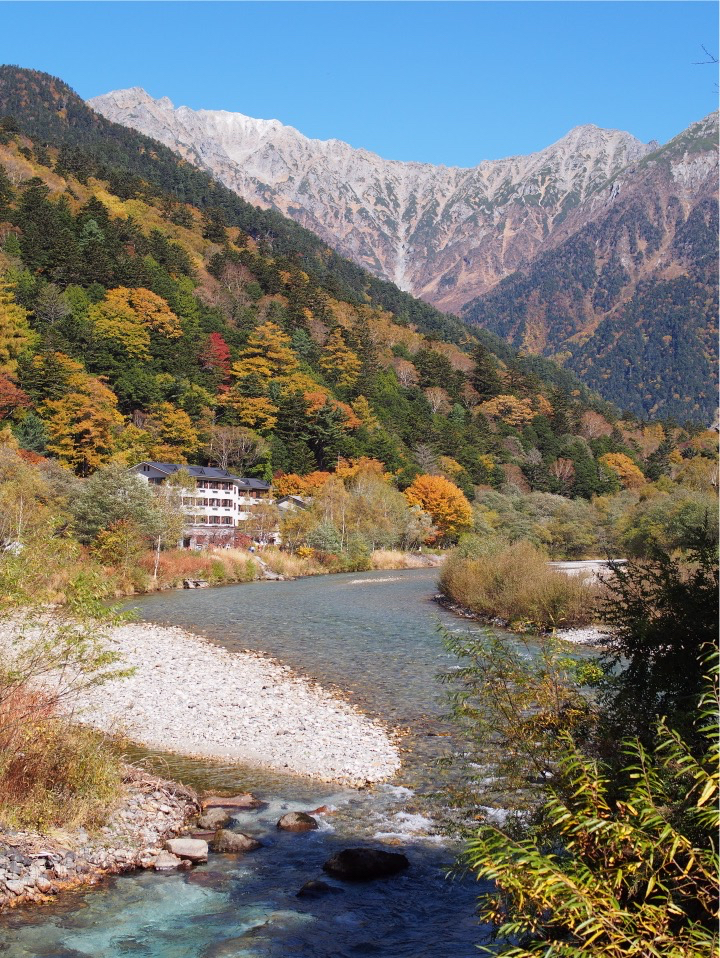
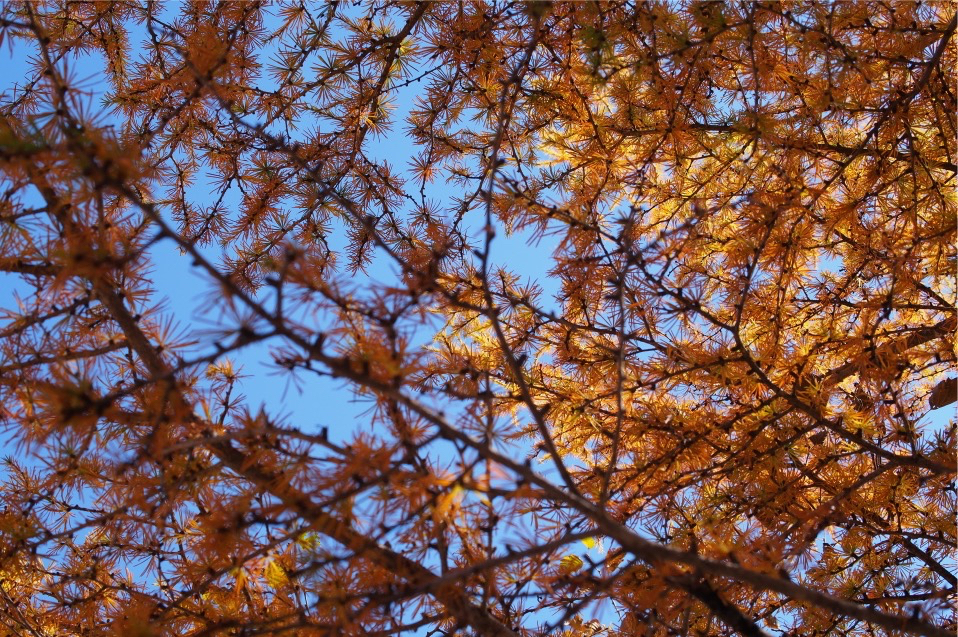
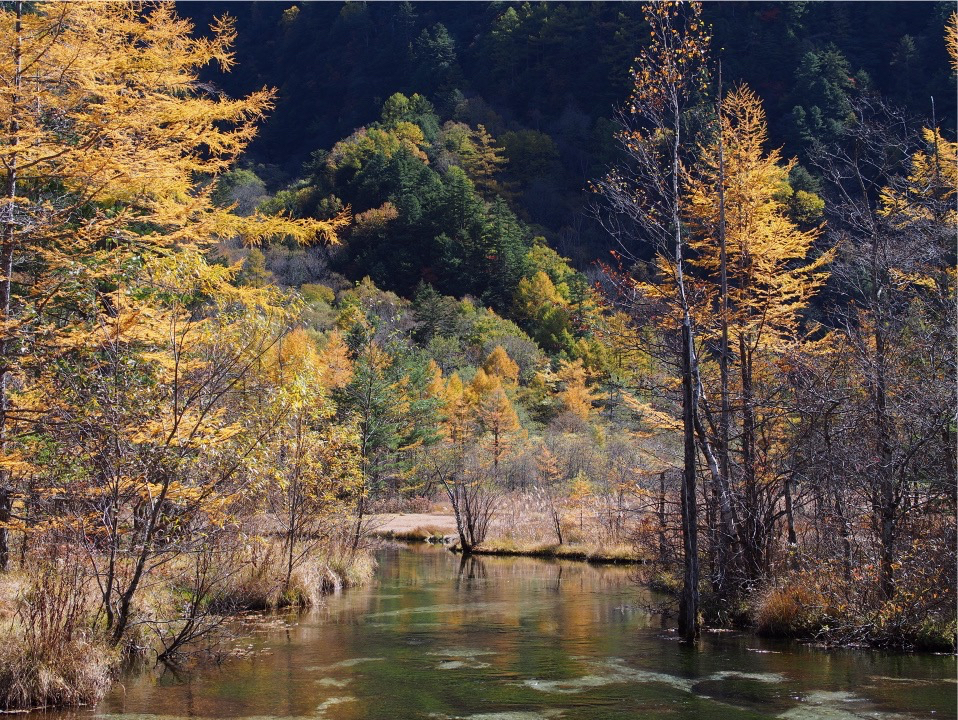
Daisho-ike pond is famous for a clear reflection of the scenry over the calm surface of the pond. Unfortunately, I was there on a windy day and no clear reflection can be seen. But, on my way leaving Kamikochi I saw the nice reflection on the bus somewhere further south of Daisho-ike pond. If you have time and really want to take a nice picture, you can have a try further south.
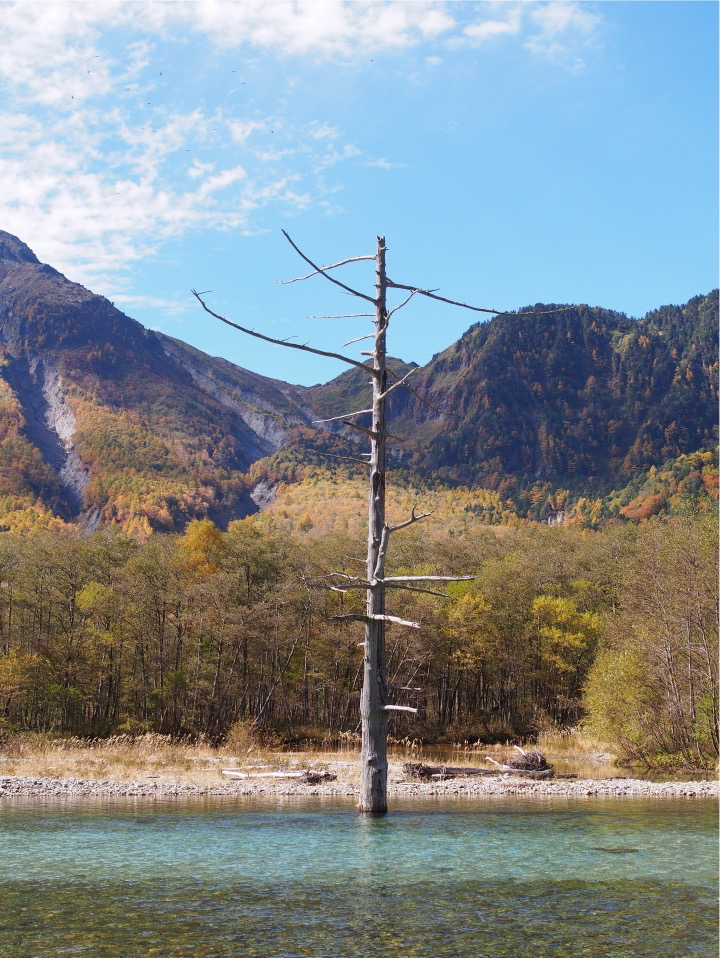
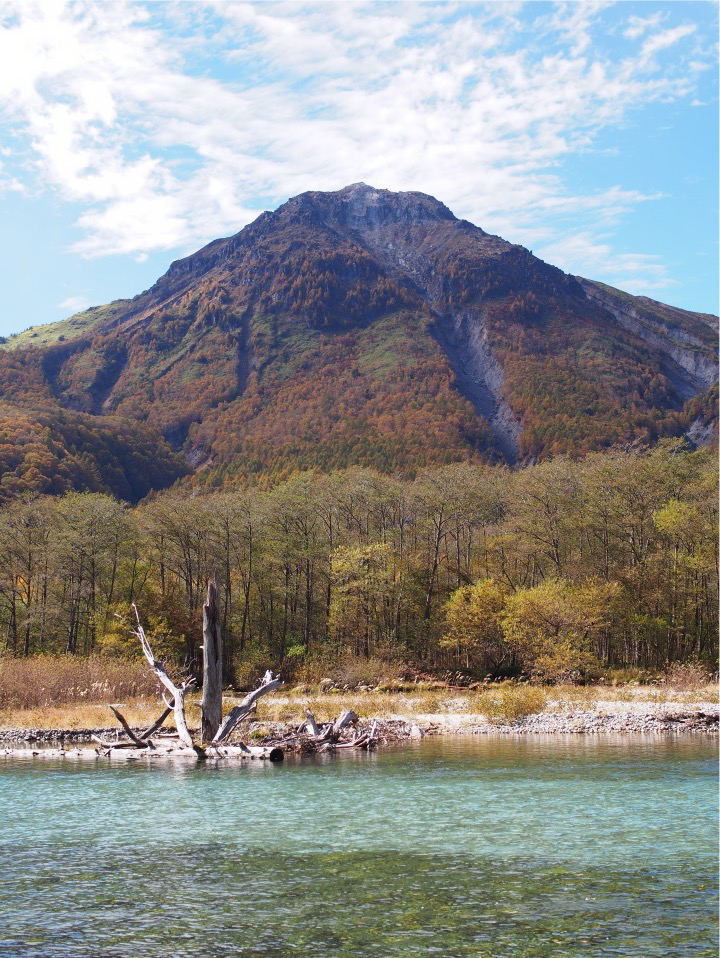
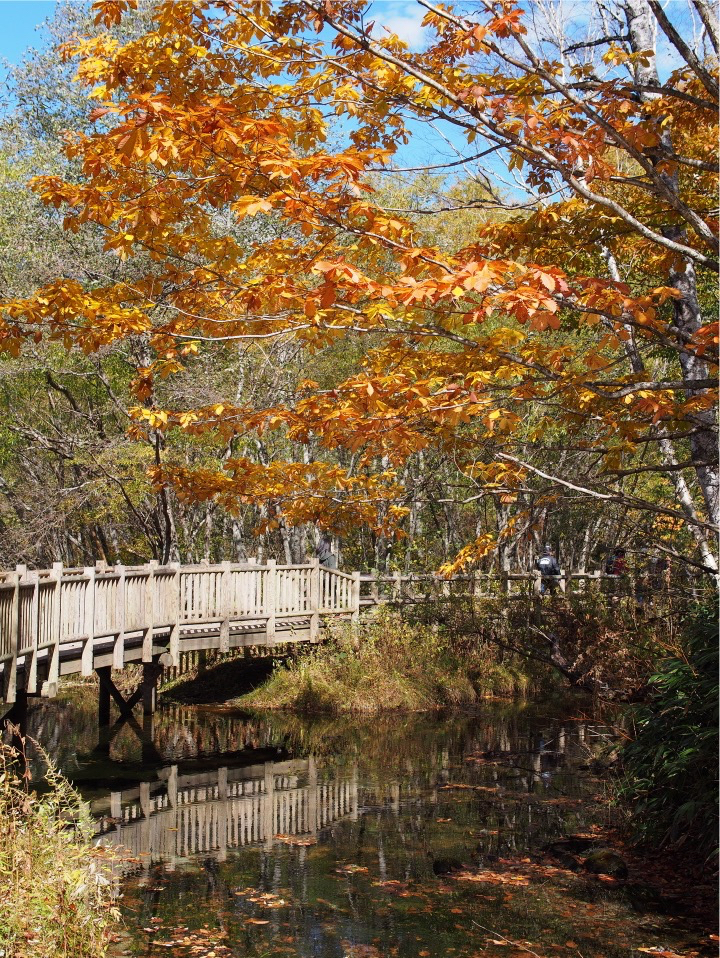
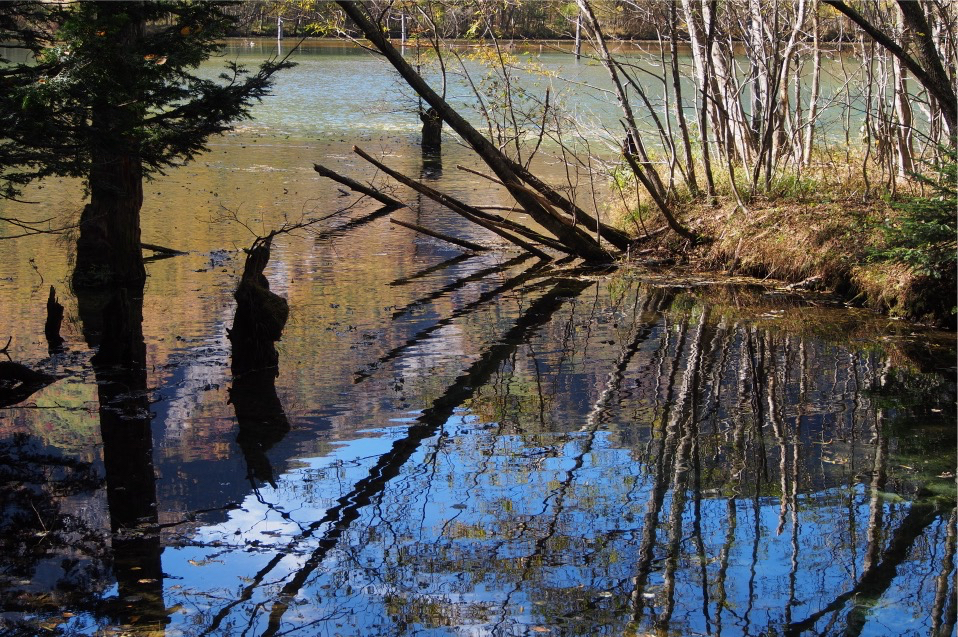
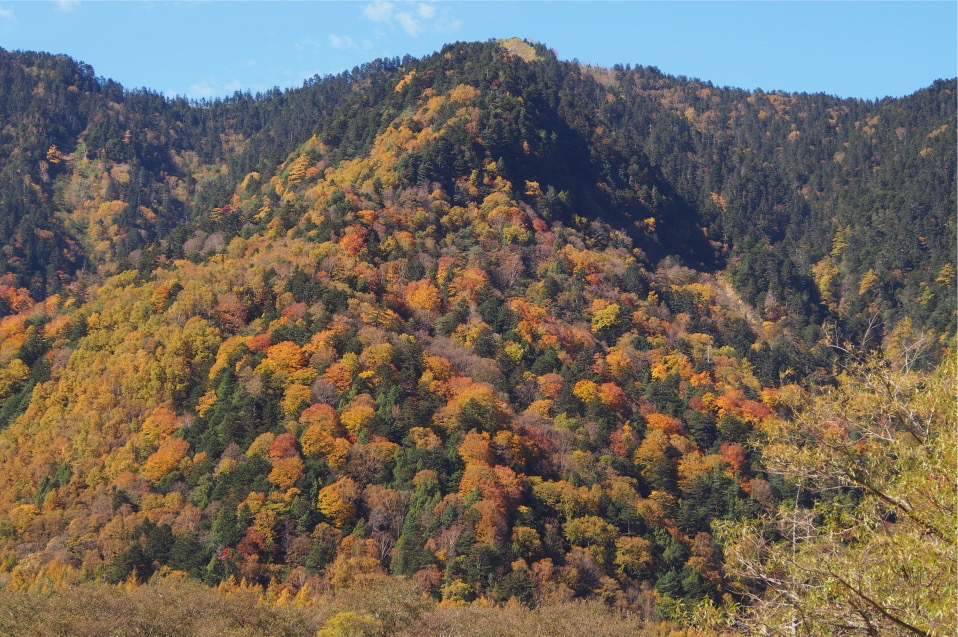
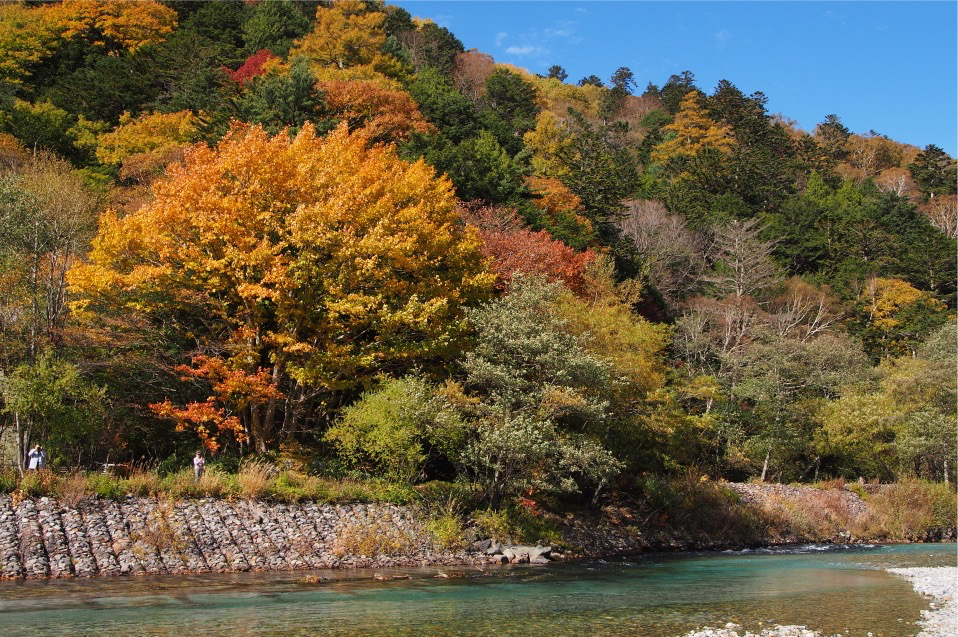
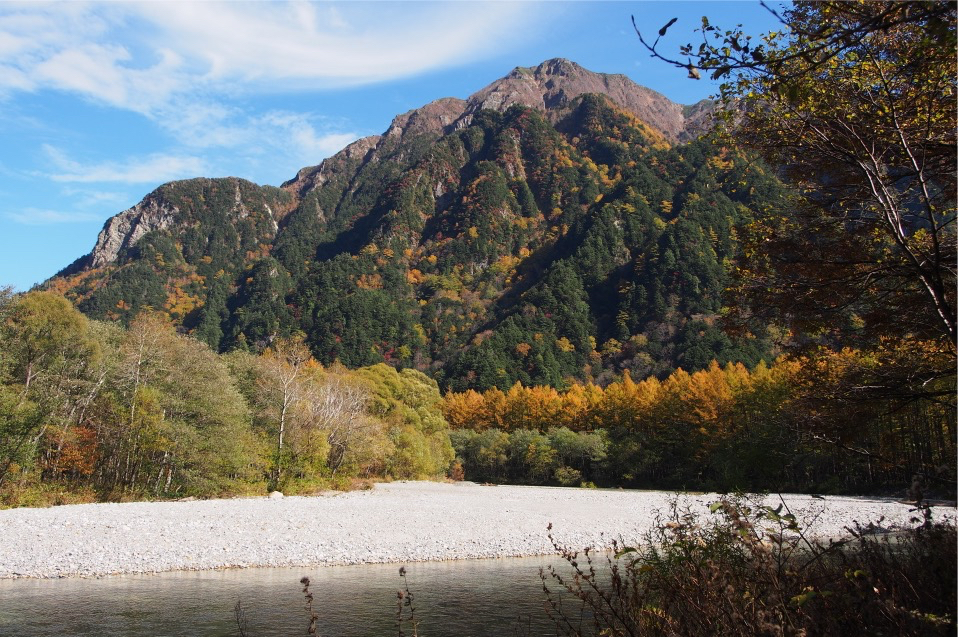
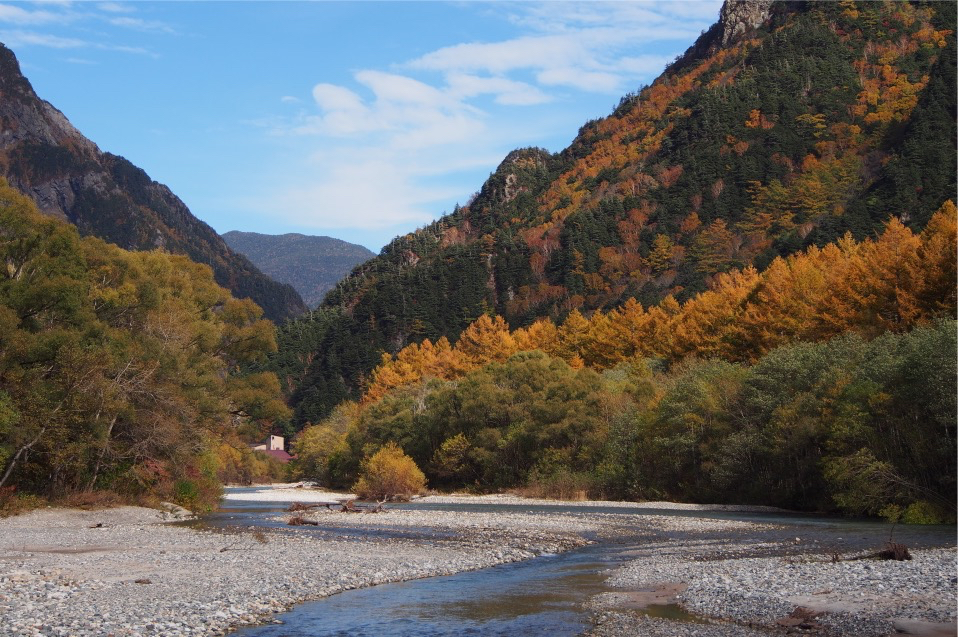
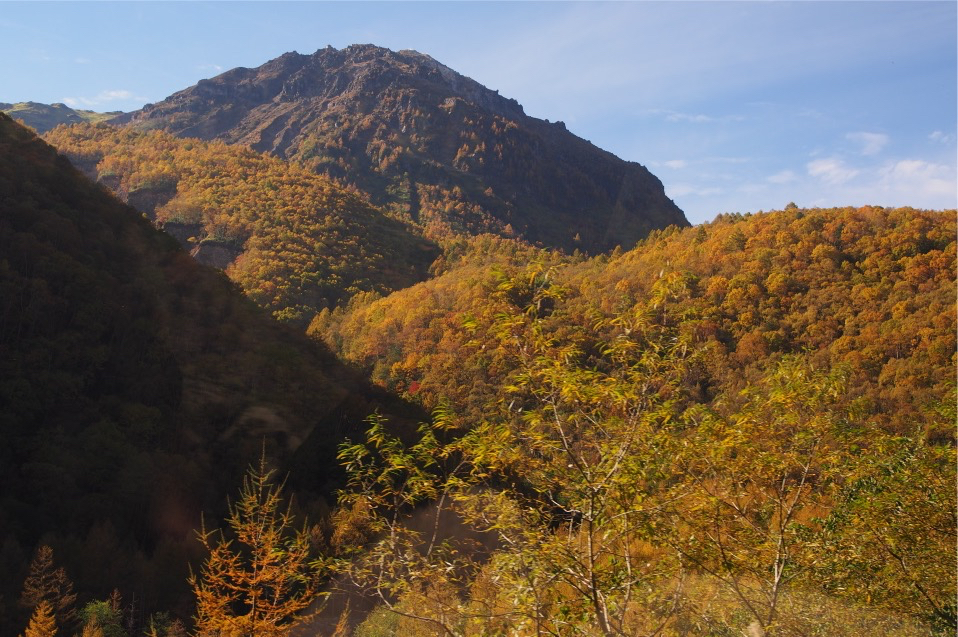
One of the meaning of “Kami” in Japanese is God. Kamikochi is just too beautiful and I believe it’s certainly the home of gods.
Shirakawa-go in Autumn
It was just mid-October. Perhaps it was not cool enough to get the whole valley dyed into red by the natural pigments in the leaves. There were more trees turning red near the car park but not much inside the village. Anyway, Shirakawa-go (白川郷) is always a good place to visit. It’s just a matter of colour depending on when you come. You see white in Winter, green in Summer. Of course, golden yellow or red in Autumn.

